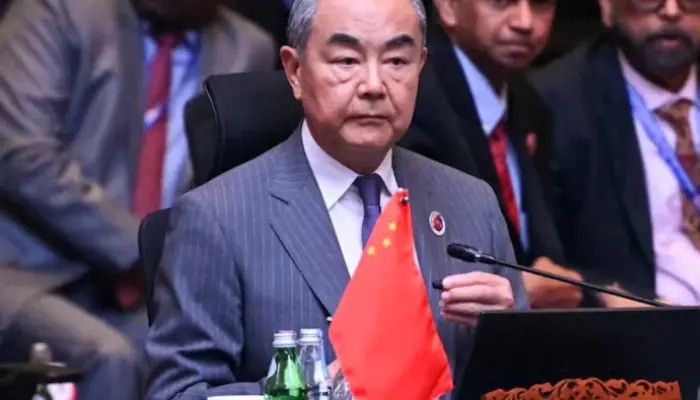China-India border talks are gaining momentum as Beijing’s top diplomat prepares to visit New Delhi next week. The high-level meetings are expected to address long-standing disputes while also opening doors for renewed trade and travel ties that were suspended five years ago.
Diplomatic Engagement Announced
China’s foreign ministry confirmed on Saturday that Foreign Minister Wang Yi will visit India from August 18 to 20. During his stay, he will participate in the 24th special representatives meeting on the border issue. The visit comes at India’s invitation and signals a cautious step toward easing tensions that have strained relations since 2020.
The talks will focus on confidence-building measures along the Himalayan frontier. Both sides aim to manage differences while seeking pathways to restore bilateral cooperation. Officials from both governments emphasized that dialogue is essential to avoid escalation and foster stability in the region.
Trade Resumption in Focus
One of the most notable aspects of the upcoming talks is the discussion on resuming border trade. For decades, small-scale exchanges took place across high-altitude Himalayan passes, mostly involving goods such as wool, spices, and textiles. Although the volume was modest, the trade carried significant symbolic value.
This activity came to an abrupt halt after the deadly clash between Chinese and Indian troops in 2020. The violence left dozens dead and froze trade and diplomatic exchanges. The decision to revisit trade agreements now reflects a broader desire on both sides to improve ties and rebuild trust.
Read: Israeli Settler Attack Wounds Palestinians as Gaza Faces Starvation, Drone Strikes
Previous High-Level Contacts
The meeting will follow Indian Foreign Minister Subrahmanyam Jaishankar’s trip to Beijing in July. His visit marked the first formal diplomatic outreach in months and helped lay the groundwork for Wang Yi’s arrival in New Delhi.
Officials highlighted that these exchanges indicate a willingness to reduce friction. Though neither side expects immediate breakthroughs, the series of visits reflects an effort to re-establish communication channels that had been weakened.
Strategic Rivalry Across South Asia
China and India are two of Asia’s largest economies and military powers. Their competition for influence in South Asia has often fueled rivalry, particularly in border regions. Both nations maintain large troop deployments along disputed frontiers, creating risks of confrontation.
Despite these tensions, shared economic interests continue to push them toward cooperation. The global economic environment, shaped by shifting trade alliances and protectionist policies, has further encouraged dialogue. Leaders in both Beijing and New Delhi recognize the need for stability in order to pursue growth and development.
Global Trade Pressures
The broader context of global trade disputes also influences China-India relations. The tariff measures introduced by former US President Donald Trump reshaped supply chains and disrupted traditional trading patterns. In this climate, both China and India see potential benefits in improving bilateral economic engagement.
Officials in both countries have expressed that strengthening ties could help them weather international volatility. By addressing border disputes and reopening trade channels, they aim to insulate their economies from external shocks.
Signs of Reconnection
In recent weeks, discussions have extended beyond trade to include tourism and transport. Agreements to resume direct flights and reintroduce tourist visas are under consideration. These steps, though relatively small, carry major symbolic weight in signaling improved relations.
Analysts believe that people-to-people exchanges and easier mobility could help reduce mistrust and foster better understanding. Reopening such channels would also contribute to restoring confidence among business communities and investors.
Balancing Rivalry and Cooperation
The upcoming visit highlights the delicate balance between rivalry and cooperation. While deep-seated border disputes remain unresolved, both sides appear committed to preventing tensions from spiraling out of control. Dialogue offers a way to manage competition while identifying limited areas of agreement.
Experts caution, however, that progress will likely be gradual. Mutual suspicion, military deployments, and long-standing grievances cannot be erased quickly. Yet, consistent dialogue can prevent crises and create space for incremental trust-building.
Outlook Ahead
The visit of Wang Yi represents an important moment in the evolving relationship between the two Asian giants. Although neither side expects dramatic breakthroughs, the decision to engage signals recognition that continued hostility benefits neither.
If talks succeed in paving the way for trade resumption, flight connections, and visa agreements, they could mark the beginning of a cautious thaw. Both nations will closely watch these developments, knowing that progress at the negotiating table could set the tone for broader cooperation in the years ahead.
Follow us on Instagram, YouTube, Facebook,, X and TikTok for latest updates
